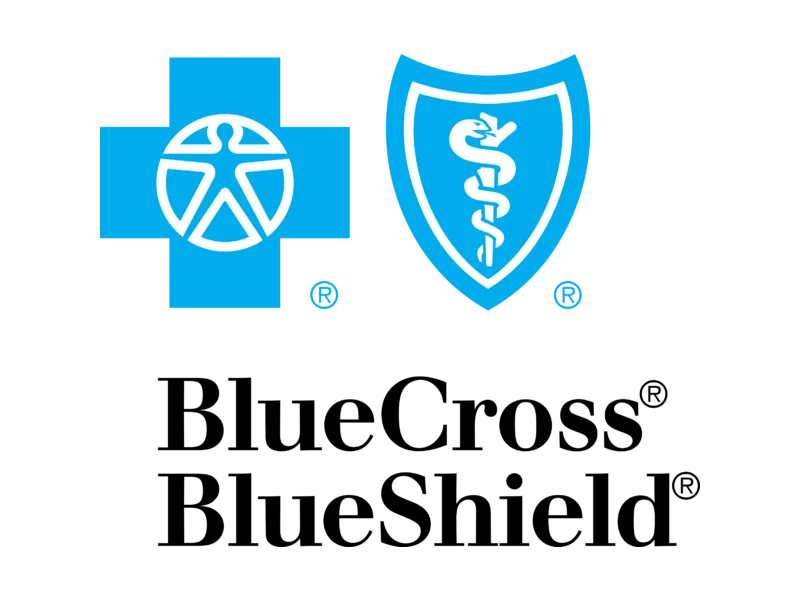Key Points
- A carefully curated diet can slow down the progression of chronic kidney disease (CKD).
- It's crucial to regulate the intake of sodium, protein, phosphorus, and potassium.
- Consulting with a board-certified registered dietitian is the best way to create a sustainable, effective meal plan for disease management.
Chronic kidney disease (CKD) affects millions of people worldwide and can be a heavy burden on quality of life and overall health. However, diet can play a pivotal role in improving CKD symptoms and even slowing the disease’s progression. Today, we’re going to talk through detailed dietary steps for managing your CKD effectively and supporting your overall health.
Remember: these general guidelines should be personalized to your unique health needs. We strongly recommend working with a registered dietitian dietitian specializing in renal nutrition. They can tailor a diet plan to suit your individual health requirements. And with Fay Nutrition, you can find a board-certified RD who’s covered by your insurance. Click here to get started.
How to eat right for CKD
Step 1: Reduce Your Sodium Intake
Sodium plays a crucial role in maintaining our body's fluid balance. However, in CKD, excess sodium can lead to fluid retention, raising your blood pressure and further straining your kidneys. Because of this, a low-sodium diet is recommended for most CKD patients. You should aim for around 1,500 milligrams of sodium per day.
To minimize your sodium intake, you should prioritize fresh foods over packaged items. Packaged foods often contain high amounts of added sodium, mainly for preservatives. Incorporating more fresh foods into your diet can substantially reduce your sodium intake. You can also replace salt with spices, herbs, and sodium-free seasonings for added flavor without the extra sodium. Be sure to rinse canned vegetables and beans, meats, and fish before cooking and eating.
Remember to be a smart shopper. Many packaged foods disguise their sodium content under different names, such as monosodium glutamate (MSG) or baking soda. Read the nutrition facts label on food packages and aim for products with a daily value of sodium below 20%.
There are many ways that food can be marked as low sodium:
- Sodium free
- Salt free
- Very low sodium
- Low sodium
- Reduced or less sodium
- Light in sodium
- No salt added
- Unsalted
- Lightly salted
If you’re not sure how to read nutrition labels or need more ideas on how to lower your sodium, your Fay Nutrition dietitian can help. They can provide meal ideas and guidance on how to navigate grocery shopping with chronic kidney disease.
Step 2: Balance Your Protein Intake
Protein is an essential nutrient our bodies need to build and repair tissues. However, excess protein can strain your kidneys, leading to more significant kidney damage over time. Thus, CKD patients need to find a balance in their protein consumption.
Small portions of protein-rich foods are ideal, and a balance between plant and animal protein is crucial. One portion of meat is about the size of a deck of cards, or 2-3 ounces. A portion of beans or grains is ½ cup. Your dietitian can provide your exact daily protein target based on your individual health and activity level.
Step 3: Opt for Heart-Healthy Foods
Maintaining a heart-healthy diet is essential for CKD patients due to the higher risk of heart disease. Heart-healthy foods can help prevent fat buildup in your blood vessels, heart, and kidneys, reducing the risk of cardiovascular issues or even a heart attack.
Grilling, broiling, baking, roasting, or stir-frying foods instead of deep frying can significantly reduce your intake of unhealthy fats. Cooking with nonstick spray or olive oil instead of butter also helps to lower your saturated fat intake.
Heart-healthy foods include:
- Lean cuts of meat, like loin or round
- Poultry without the skin
- Fish
- Beans
- Vegetables
- Fruits
- Low-fat milk, yogurt, and cheese
Step 4: Opt for Foods Lower in Phosphorus
As your kidneys slow down, you may need to eat foods that are lower in phosphorus. Managing your phosphorus intake is vital for CKD patients because your kidneys can’t remove the mineral as well. Excess phosphorus can pull calcium out of bones, weakening them, and also increasing the risk of heart attack or stroke. You can monitor your mineral levels with testing through your healthcare provider.
Phosphorus is often added to packaged foods, and its levels can be exceptionally high in packaged foods, meats, bran cereals, oatmeal, dairy foods, beans, dark soda like cola, and nuts. You can find phosphorus on package food labels with words that start with “PHOS.” Deli meats and some fresh meat or fish can also have added phosphorus, so be sure to check with your butcher as you select food.
Choosing foods lower in phosphorus, such as fresh fruits and vegetables, bread, pasta, rice, and light-colored sodas can help. Your Fay dietitian can guide you in identifying foods with lower phosphorus content and interpreting food labels for hidden sources of the mineral.
Step 5: Regulate Your Potassium Intake
Similar to phosphorus, excess potassium can lead to serious heart problems in CKD patients. Keeping your potassium levels in check is essential for proper nerve and muscle function.
Salt substitutes can be high in potassium, and canned fruits and vegetables often have higher potassium levels. Draining canned fruits and vegetables before eating can reduce their potassium content.
Implementing these dietary changes can significantly impact managing your CKD. However, remember that everyone's needs are unique, so what works for one person may not work for another. A personalized dietary plan matched to your needs, based on your labs and medical guidance, is always the best way to care for kidney disease. Find a board-certified registered dietitian in your insurance network today with Fay Nutrition.
The views expressed by authors and contributors of such content are not endorsed or approved by Fay and are intended for informational purposes only. The content is reviewed by Fay only to confirm educational value and audience interest. You are encouraged to discuss any questions that you may have about your health with a healthcare provider.
Sources
- National Kidney Foundation - Hot Topics: How Much Sodium Is Safe for Kidney Patients?
- National Institute of Diabetes and Digestive and Kidney Diseases - Heart Disease & Kidney Disease
- National Kidney Foundation - Kidney Failure Risk Factor: Serum Phosphorus
- National Institute of Diabetes and Digestive and Kidney Diseases - Eating Right for Chronic Kidney Disease
- Cleveland Clinic - Hyperkalemia (High Potassium)










